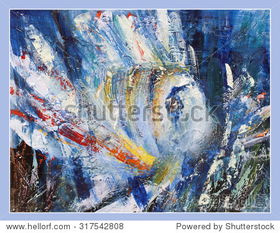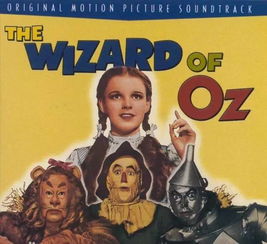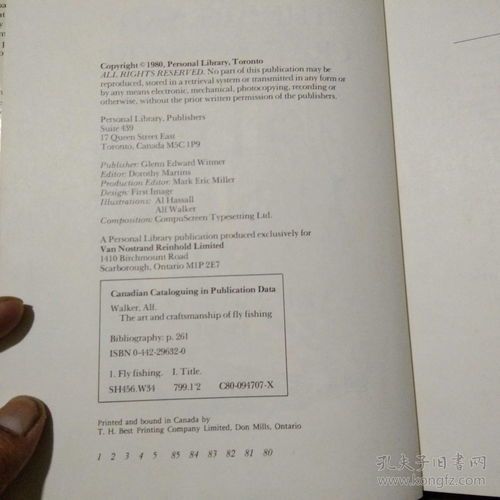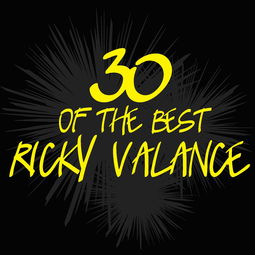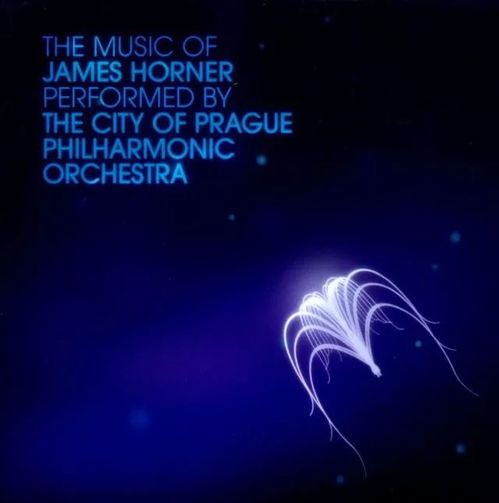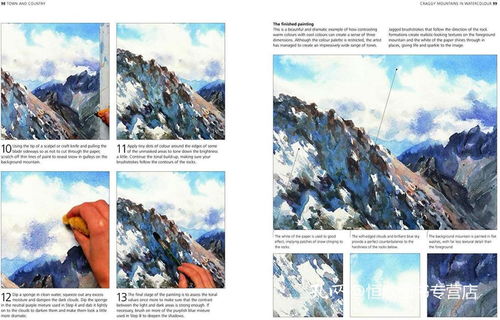Introduction
Filming fishing videos can be an exciting way to share your passion with the world, document your adventures, or simply create content for your social media channels. However, capturing high-quality footage of your fishing experiences can be challenging. In this article, we'll delve into the essential tips and techniques for filming fishing videos that will help you produce captivating content.
Choose the Right Equipment
The first step in creating a great fishing video is to ensure you have the right equipment. Here's what you'll need:
- Camera: A high-quality camera with good image stabilization is crucial. DSLRs, mirrorless cameras, and even smartphones with high-resolution cameras can work well.
- Lenses: A wide-angle lens is ideal for capturing the vastness of the water and the surrounding environment. A telephoto lens can help you get closer to your subjects without disturbing them.
- Tripod: A sturdy tripod will keep your camera steady, reducing shake and ensuring clear footage.
- Microphone: A good quality external microphone will help capture clear audio, which is essential for storytelling.
- Additional Batteries and Memory Cards: Ensure you have enough power and storage to capture all the footage you need.
Plan Your Shot
Before you start filming, take a moment to plan your shots. Consider the following:
- Composition: Use the rule of thirds to frame your shots and create more visually appealing images.
- Focus: Keep your subject in focus to ensure clarity. Auto-focus can be helpful, but manual focus may be necessary in low-light conditions.
- Timing: Plan your shots around the action, such as casting, reeling in, or catching fish. Timing is key to capturing the best moments.
Capture the Surroundings
A great fishing video isn't just about the fish you catch; it's also about the environment and the experience. Here are some tips:
- Wide Shots: Capture the beauty of the lake, river, or ocean with wide shots to give viewers a sense of place.
- Bird's Eye View: Use a drone or a high vantage point to capture unique perspectives of the fishing spot.
- Environmental Sounds: Record the sounds of the water, birds, and other wildlife to enhance the immersive experience.
Use Close-Ups for Detail
Close-ups can add depth and excitement to your video. Here's how to use them effectively:
- Fish: Capture the fish as you catch it, showing its size and color.
- Equipment: Show off your fishing gear, including rods, reels, lures, and tackle.
- Action Shots: Capture the action of casting, reeling in, and landing fish with close-ups.
Incorporate Storytelling
A good fishing video tells a story. Here's how to incorporate storytelling into your video:
- Narration: Use a voiceover to narrate your experience, explaining what's happening and sharing your thoughts and feelings.
- Interviews: Interview fellow anglers, guides, or locals to add context and depth to your video.
- Music: Use background music to set the mood and enhance the storytelling.
Edit Your Video

Post-production is just as important as filming. Here's how to edit your video effectively:
- Trimming: Remove unnecessary footage and keep only the best parts.
- Transitions: Use transitions to smoothly move from one shot to another.
- Color Correction: Adjust the color to ensure consistency and enhance the visual appeal.
- Sound: Enhance the audio with background music, sound effects, and clear narration.
Conclusion
Filming fishing videos can be a rewarding and enjoyable experience. By following these tips and techniques, you can capture stunning footage that will not only document your fishing adventures but also share your passion with others. Happy filming!
